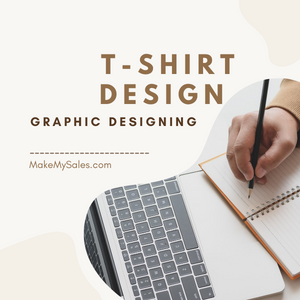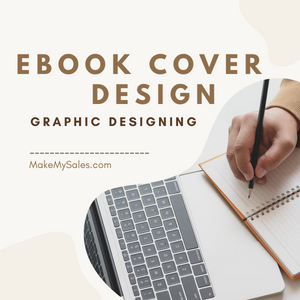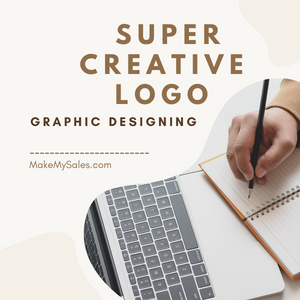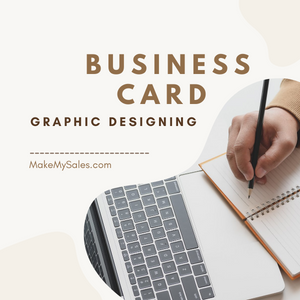T Shirt Design
Every good designer knows that design is problem-solving, regardless of the medium. The mission is always to organise what needs to be communicated in the most effective way possible while still keeping it pleasing to the eye. Being in the personalised T-shirts industry means not only to choose the right design but also the most appropriate printing technique for each scenario.
Here at Printsome, many of our team members have a background in design which makes us prone to sympathise with designer problems. When it comes to consulting, we are driven by the quality of the outcome and always try to reach the best design solution possible.
With that in mind, we’ve put together some of our best advice. If you’ve ever found yourself in a clothing store and wondered “How did they make that t-shirt?” then you’ve come to the right place.
Infallible T-shirt Designs
I heart New York? Smiley? Coca-Cola? We’ve all seen these t-shirts — wait, let me rephrase that. Most of us have probably owned these t-shirts and if we haven’t then we at least know someone who has. These designs don’t become popular by chance. Let’s take a look at some of these well-liked formulas and try to understand why they’re so popular.
Typographic T-shirts
As a design student, I was scared of typography. We were continuously told that our typographic solutions were clumsy and lacking the subtleties of the art. After a while, I got frustrated and started using variations of Helvetica — which I think is the case for a lot of designers. Now that I am out of that world, I can enjoy typography a lot more and appreciate the work that goes into creating a good composition.
These types of t-shirts tend to be the “message” or “slogan” t-shirts. Since there is no other element than the written word, special attention needs to be paid to the typeface used to deliver it. Typography can be a complex art, but there are still simple tips you can follow to come up with a harmonious design.
- Pick only one font and use italics, bold, and underline to create hierarchy
- Adjust the space between letters (tracking) to get different effects
- If your text is more than two lines long, try different distances between the two sentences to see what looks better
- Select a typeface that matches the message (if your message is a joke then try a very serious font like Times to create irony)
- Save all-caps for short messages only as they are harder to read
- Look at your design from a distance and squint your eyes, it may sound weird but you’ll have a better perspective on the composition
- Don’t stretch, skew or alter the font in any way that’s not meant to be – it rarely looks good
The font along with the texturised fabric on this Esprit T-shirt create a vintage effect. It is a good example of how typography can be used to evoke an era.
Typographic T-shirts don’t necessarily have to be Didot fancy or minimalist a la Helvetica, some of the most popular fonts, such as this one, are meant to look like they’ve been drawn by hand.
This is a good example of how a font can be used in a graphic way. This “a” has been stretched out in such a way that it almost doesn’t look like a letter anymore. A special kind of printer is needed to do this kind of job.
Photographic (hyper-realistic) T-shirts
When done well, these types of T-shirts can create a really big impact. A hyper-realistic image, not necessarily a photo since illustrations can achieve the same effect, can draw attention and deliver a message without any words. The best part is that nowadays, you don’t even need to create the pictures yourself. There are tonnes of online stock image banks that can be used for your design. Just make sure you read the small lines to not infringe any copyright. Some tips to handle hyper-realistic images are:
- DTG (direct to garment print) is probably your best bet
- Your images must be at least 300 dpi (dots per inch) in quality – any less and it might harm the final outcome
- Same thing goes for the image mode, it must be CMYK in order to achieve an optimal result
- Use high-quality garments to print your designs – a poor quality fabric can make your beautiful image look less brilliant or even blurry
Regardless of how you might feel about Justin Bieber, this is a good example of a photo printed onto a t-shirt. In this case, special cutouts have been made to show some of the garment’s fabric between the face and the hand of the singer.
The hyper-realistic print on this garment makes it look like there’s a naked woman trapped inside the t-shirt. Yes, it is sexy and creepy at the same time.
When we think of photos for our t-shirt designs, most tend to veer towards an animal or people portraits, but this vest by Zara proves that images from nature work just as well.
Illustrated Tees
Being an illustrator myself, I love it when brands use them on their products. One of the great things about them is how versatile they are. Illustrations can be for kids, naughty, minimal, complex, hyper-realistic (as we already mentioned) and anything else you can imagine. That being said, the versatility of illustrations can add complexity to the production process. Since they cover such a big spectrum, no formula can be prepared regarding their production. The only certainty is that, and we cannot stress this enough, the files you provide to the printer must be of a very high quality.
This is a good example of a simple illustration since the lines are elementary and it’s composed of only two colours.
This might seem like a simple illustration at first, but if you look carefully this little birdie has got a bit of a texture to it, which means the original file must be of great quality if you want the end result to look just as nice as it does on your monitor.
This amazing illustration requires a good DTG printer in order to get those brush strokes right.
Graphic T-shirts
They stand between the typographic and the illustrated. Not quite as simple as the first, but not as complex as the second. They tend to have a simple design which makes them easier to print than most. They’re perfect for screen printing and cad-cut vinyl. If you have experience with these techniques and a decent equipment, then you can even do it at home. “Less is more” should be the motto here. With the right shapes and colours, you can have an attractive piece, which looks easy to pull off, but that’s not necessarily the case. Sometimes creating something simple that works can be harder than the opposite. With a photo-realistic image, all you need to do is find the right one, while the graphic tee needs more knowledge in composition for an optimal result.
- Find a focus – every design should have a focal point
- Use lines to tell the eye where to look at — these can be literal or implied
- Learn about colour theory to use it properly – you can find more information on tone combinations here
- Go for “rising” instead of “falling” – in the Western world we read from left to right, this means that depending on which way we arrange elements they may look like they’re either rising or falling. It’s all got to do with the line the gaze follows. Unless you have a particular interest in making an element “fall” I’d suggest you always go for the “rise” as it is considered more pleasing to the eye.
- Balance your elements – as a general rule “heavier” objects go at the bottom of the composition while “lighter” ones go up
- Stick to compositions made of uneven items as they tend to be more harmonious than those which are made out of pairs








Sheela Ramesh –
Best T Shirt Design
umiko –
Wow,Amazing T Shirt design
Sathya –
Wow ! Very Nice T Shirt Designing